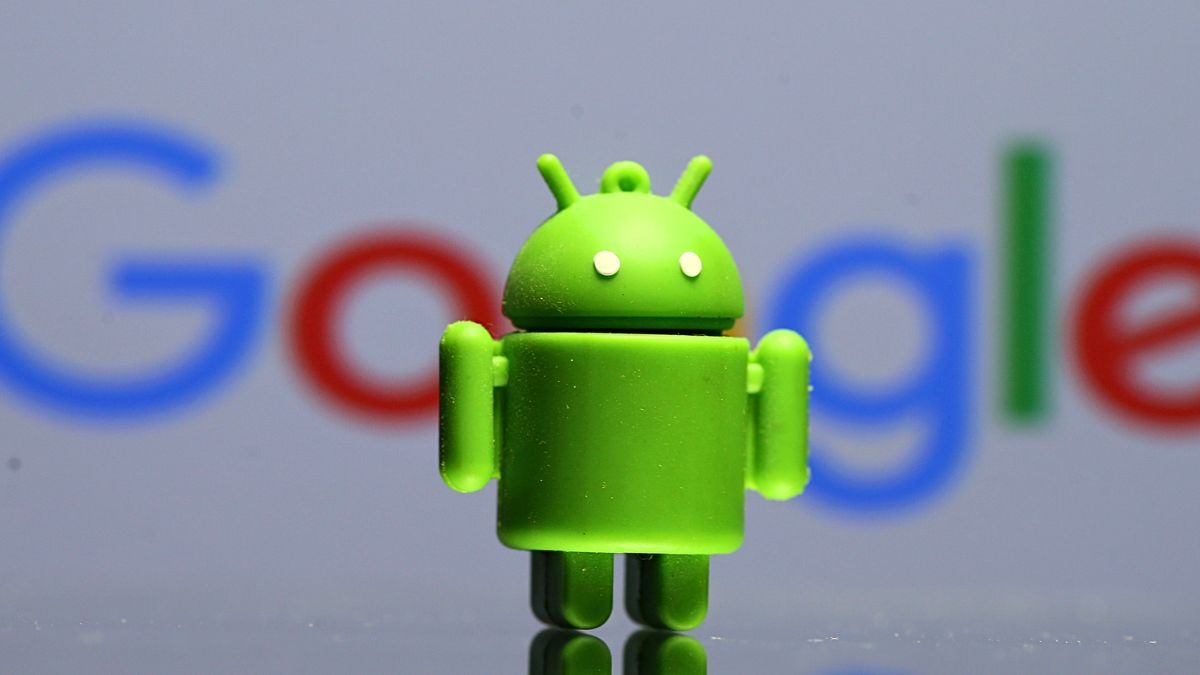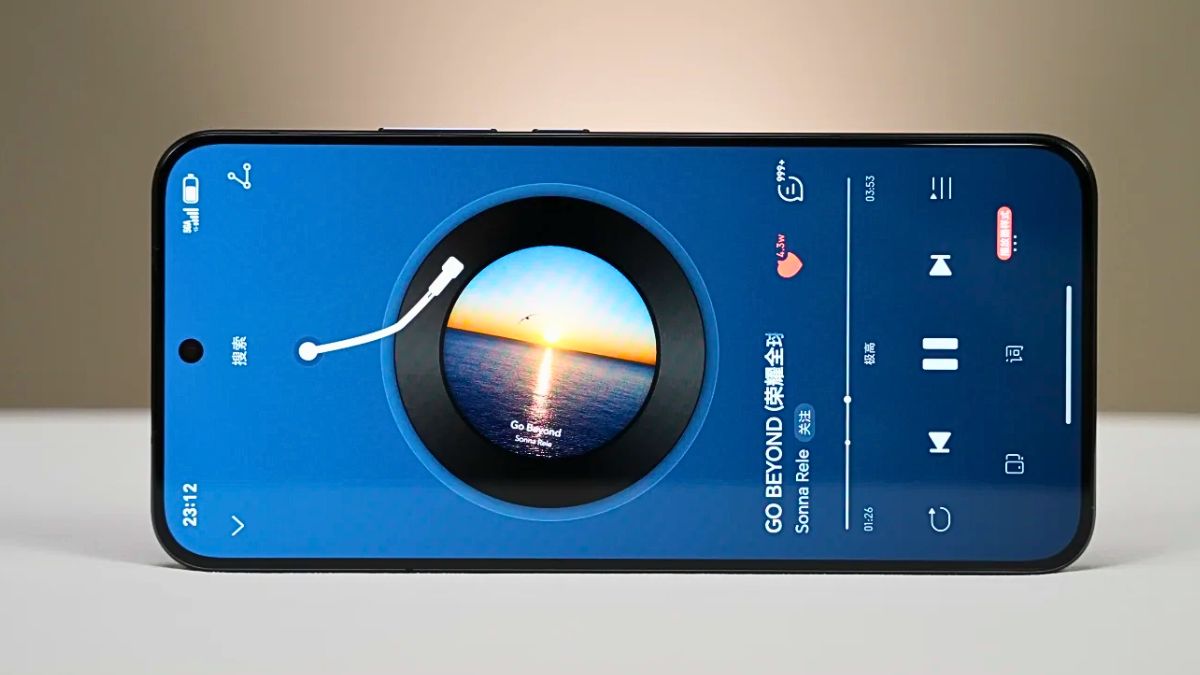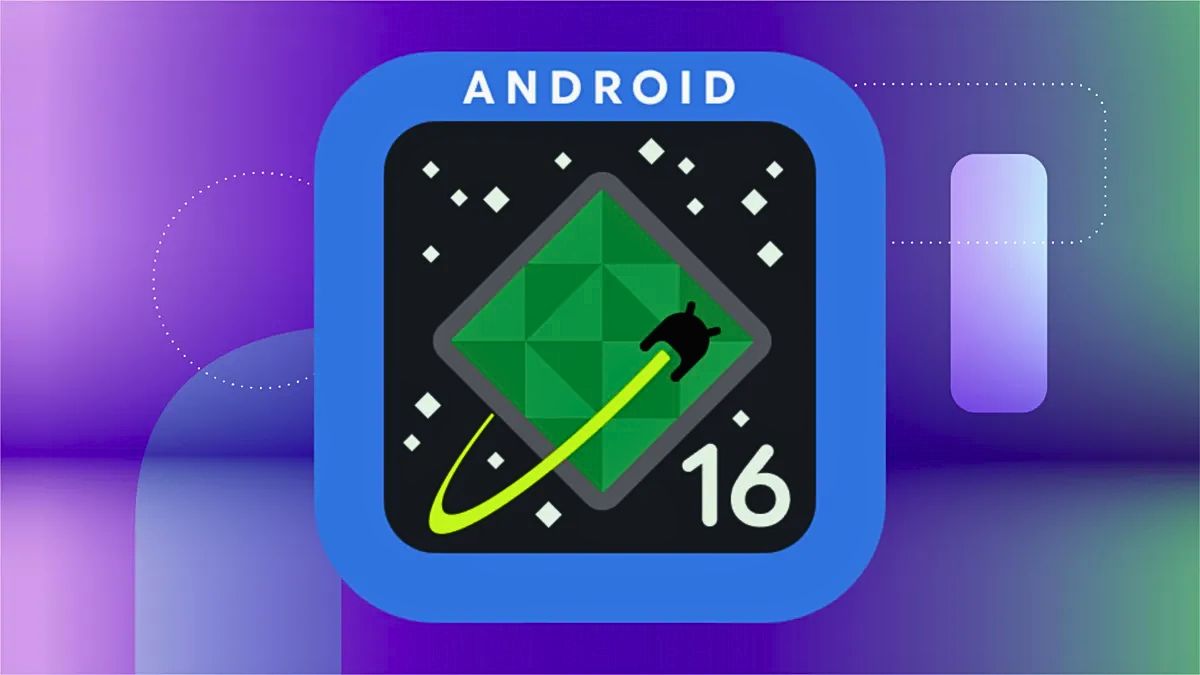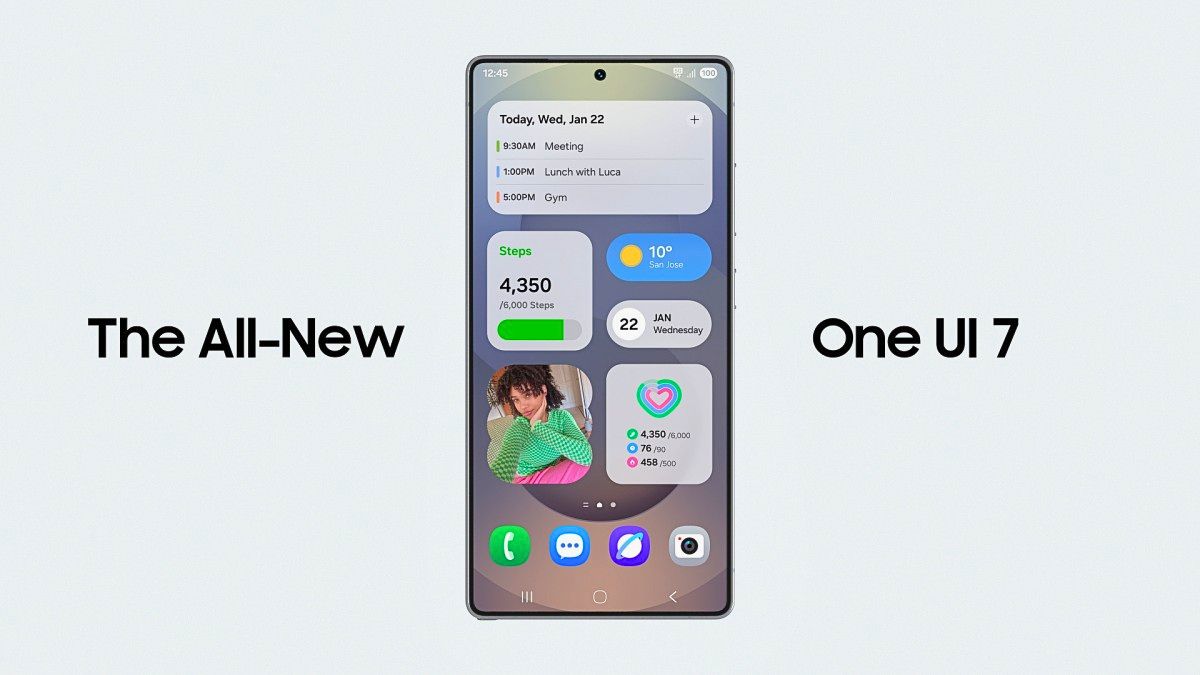If you’re eyeing a budget smartphone in the coming year, you might notice something different—better specs. Google has just raised the minimum hardware requirements for Android phones that come with Google Mobile Services (GMS), including the Play Store and Google apps. These changes are starting with Android 15 and will get stricter with Android 16. So, what does this mean for your next phone? Let’s break it all down.
Storage
One of the most noticeable changes is the jump in storage requirements. Smartphones launching with Android 15 must now include at least 32GB of built-in storage. That’s double the previous minimum of 16GB, which itself was a jump from the earlier 8GB requirement. Why the boost? Apps are getting bigger, updates are more frequent, and users are storing more data than ever before.
What’s even more interesting is that 75% of that storage must be reserved for user data. So out of the 32GB, you’re guaranteed at least 24GB of usable space. That’s a solid move in favor of user experience, especially for people who hate running out of space after installing just a handful of apps.
Here’s a quick look:
| Android Version | Minimum Storage | Usable Storage (75%) |
|---|---|---|
| Android 13 | 16GB | 12GB |
| Android 15 | 32GB | 24GB |
Memory
Google is also increasing the RAM requirements for Android phones. As of Android 15, new devices must have at least 4GB of RAM to run the standard version of Android. Phones with less than that—say 3GB—will need to run Android Go, which is a lighter, stripped-down version designed for entry-level phones.
But it doesn’t stop there. With Android 16, expected sometime next year, even the 4GB minimum won’t cut it. Instead, phones will need at least 6GB of RAM to run the full version of Android. Anything less will automatically be pushed to the Android Go variant. This change ensures that even the most affordable smartphones provide a smoother experience with better multitasking and app performance.
Graphics
It’s not just about memory and storage. Google now requires that all smartphones running Android 15 must support Vulkan 1.3 or newer, which is a graphics and compute API used for better gaming and UI performance. This requirement means smoother visuals and more responsive apps, even on lower-priced phones.
Safety
In a move to improve public safety, Google has added a new rule: smartphones must support emergency contact sharing. When someone dials emergency services, their listed emergency contacts can be automatically shared. This is a small but meaningful change that could literally save lives.
Accessibility
Google is also pushing for more accessibility features, particularly support for hearing aids over Bluetooth Low Energy (LE). They’ve recommended support for the ASHA protocol, which allows hearing aids to stream audio directly from the phone. While this is only a recommendation for Android 15, it will become a mandatory requirement for all Android 16 phones with Bluetooth 5.0 or above.
So, why does this all matter? Because it signals a shift toward making even the most affordable smartphones more capable, reliable, and accessible. These changes might make phones slightly more expensive to produce, but they also guarantee a much better user experience overall.
FAQs
What is the new Android RAM minimum?
Android 15 needs 4GB RAM, Android 16 needs 6GB.
How much storage is required now?
Phones must have at least 32GB of built-in storage.
What’s Android Go?
A lighter Android version for phones with low RAM.
Is emergency contact sharing mandatory?
Yes, it’s required for Android 15 and above.
Do new phones need hearing aid support?
Yes, ASHA support is recommended for Android 15 and required in Android 16.






